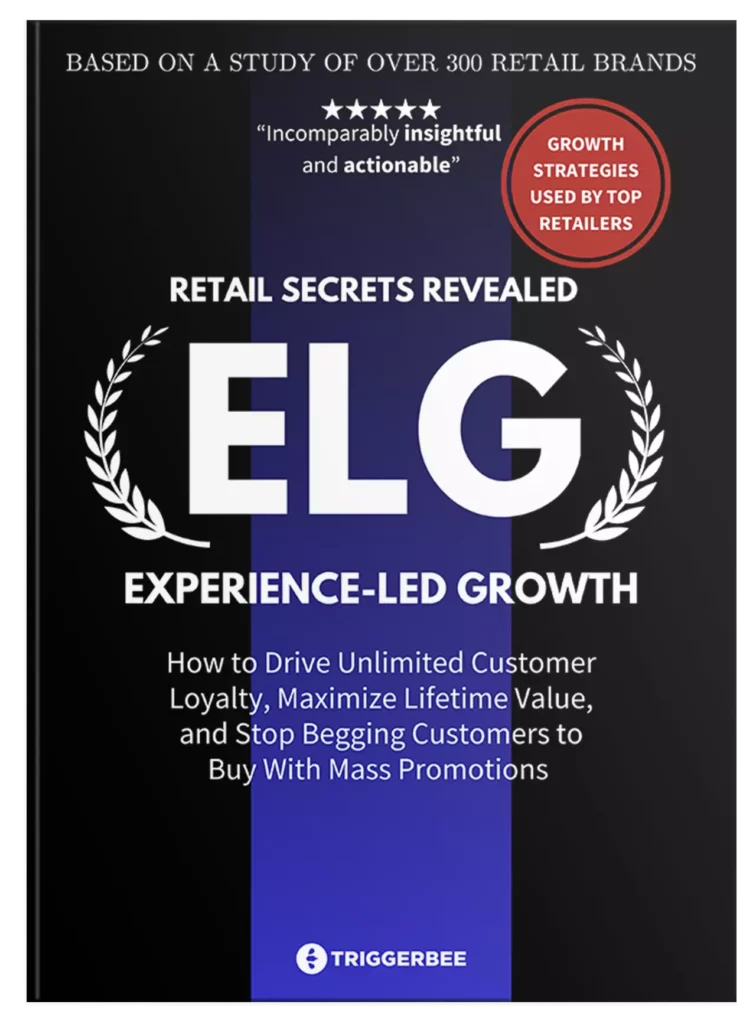If you’ve looked into tools that you can use to arm your sales teams for success, there is a good chance that you have heard about intent data. It’s a hot topic in data-driven marketing and for good reason — it’s an extremely powerful tool for both sales and marketing teams.
Put simply, intent data is data collected on a prospect’s content consumption and behavior that provides insight into their interests.
However, despite its recent popularity and usefulness in sales processes, intent data is only used by 25% of B2B companies today, although 35% of companies state that they are planning to begin using intent data within the next 12 months.
Even if you haven’t pursued capturing and using intent data, you are already collecting it. First-party intent data from your website is more commonly known as engagement data, and any business with a basic Google Analytics setup is already collecting it at its most basic level. Most of the time that data is anonymous, meaning you don’t have data about who the individual visitors are until they fill out a form and can only identify individual users by IP address.
However, that just scratches the tip of the iceberg for what is possible with intent data and how it can be integrated into your sales processes.
What Is Intent Data?
So, what is intent data? To accurately speak about how intent data can be used, we have to know what kind of intent data we are talking about and there are multiple classifications based on where the data came from and how it was collected.
Intent data is behavioral data that is collected about a single individual’s activities. Intent data includes information about topics and context to provide a clearer picture of what individual leads are interested in.
The different classifications for intent data are:
- Anonymous 1st Party Intent Data. These are people who visit your website and are typically only identifiable by their IP address. That IP address is then mapped to a company name if possible. Companies may use other solutions to help turn anonymous intent data into known intent data.
- Known 1st Party Intent Data. People that visit your website and are known by name. Maybe they filled out a form or provided their contact information in another way. Once they have provided their information, you can then track their actions on your website and map that information to their company.
- Anonymous 3rd Party Intent Data. People that have visited another website that you do not own. There must be an indication that the data is relevant to your own products for it to be useful. Only contains IP information. Data typically acquired through direct partnerships or vendors.
- Known 3rd Party Intent Data. People that have visited other websites and have also provided their information through a contact form. The website owner knows who they are, and you can acquire their data through a number of vendors.
At Triggerbee, our solution helps companies to collect and utilize their anonymous and known 1st party intent data from visitors to their own website. Our solution makes it easy to track the actions that your visitors take on your website.
How Can Sales Reps Use Intent Data?
Intent data is an excellent tool for aligning sales and marketing teams. With more information about your key accounts at their fingertips, your sales reps can more aptly speak to the needs and concerns of the hot leads that are already visiting your website. Marketers can connect intent data to the accounts that they are already building relationships with for improved personalization, and sales teams are able to integrate what they learn directly into the sales process.
Let’s take a look at some examples of how sales reps can integrate intent data into their sales processes to improve conversion rates and speed up sales cycles.
Map Discussions to a Customer’s Actions
Intent data tells you a lot about what a customer is thinking. The content that they engage with tells you a lot about what means the most to them and their company. It helps sales reps identify which product features will be the most important to cover, and which points the most important to drive home during the sales process. Salespeople can use the actions that a customer takes on your website to outline future discussions and follow-ups with prospects.
Deliver Personalized Content Based on Actions
Content personalization is becoming increasingly important during the sales process. Prospects want to know that you fully understand their business and concerns when buying into an expensive product and putting their reputation on the line. 79% of consumers say that they are only likely to engage with an offer that has been personalized to reflect previous interactions with the brand. Seeing the content that they engage with gives you the opportunity to custom tailor future content that you send. Intent data gives you an inside look into their biggest concerns. To not utilize that data would hamstring your sales reps.
Accurate Led Scoring Leads to Better Prioritization
Intent data is extremely useful in the lead scoring process. In fact, the most effective sales reps and marketers give a lot of credit to lead scoring. 68% of “highly effective” marketers pointed to lead scoring as their top revenue contributor in a 2013 study.
To accurately score leads, you have to have accurate information. Triggerbee’s intent data simply gives you more information to work with and increases the accuracy of your lead scoring. Then, your sales reps can better prioritize the leads that they interact with, focusing on the accounts that are most likely to convert. This ensures that your sales reps waste less time talking to prospects that ultimately don’t pan out and provide a better and faster experience to leads with high scores.
Engage New Leads Quickly and Effectively
Being quick to engage with prospects is absolutely critical to the sales process. Research shows that 35%-50% of sales go to the vendor that responds first. Intent data gives you that chance. Using intent data to identify new accounts and prospects that are actively searching for a solution like your product allows your sales reps to be quick to open a dialog with them before your competitors are able to do the same.
Further, you’ll have more information about what individual prospects are looking for based on the intent data that you have available on them. If you want your sales reps to be quick to reach out, intent data will not only help them to do so but will more them more effective while doing it.
New Data for Existing Accounts
Intent data isn’t just useful for engaging with new accounts, it’s also incredibly valuable for informing your interactions with current accounts as well. Keeping a close eye on what your prospects are engaging with throughout the sales process will help you to tailor conversations toward their biggest concerns and position your product as a true solution to their needs. Intent data allows you to flesh out existing accounts and provide the big picture to your sales reps.
Engage with Complete Buying Teams
In B2B sales, buying teams are huge. 61% of buying teams include five or more people. You need to make sure that you are able to speak to the concerns of each member of a buying team in order to close the deal. This often means competing viewpoints and conflicting opinions. Intent data allows you to see which pieces of content each individual stakeholder interacts with and use that data to inform your interactions with them as a group and ask individuals.
Intent Data is a Valuable Tool
Intent data is an extremely valuable tool for any sales team. The more insight that you can arm your reps with, the more effective they will be. All companies are already in a position to collect and utilize intent data on their websites, most simply don’t have the tools that would allow them to do so. Triggerbee makes it easy for companies to start collecting anonymous and known 1st party intent data and integrate that data into their sales and marketing processes.
If you’ve looked into tools that you can use to arm your sales teams for success, there is a good chance that you have heard about intent data. It’s been a hot topic in the digital marketing industry recently and for good reason — it’s an extremely powerful tool for both sales and marketing teams.


